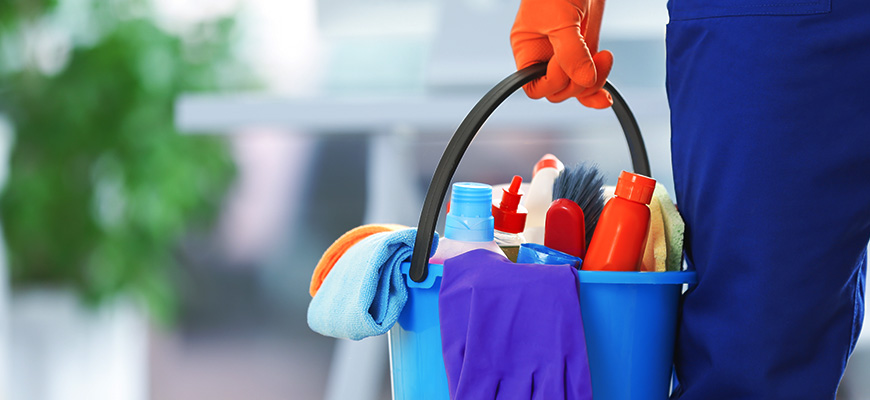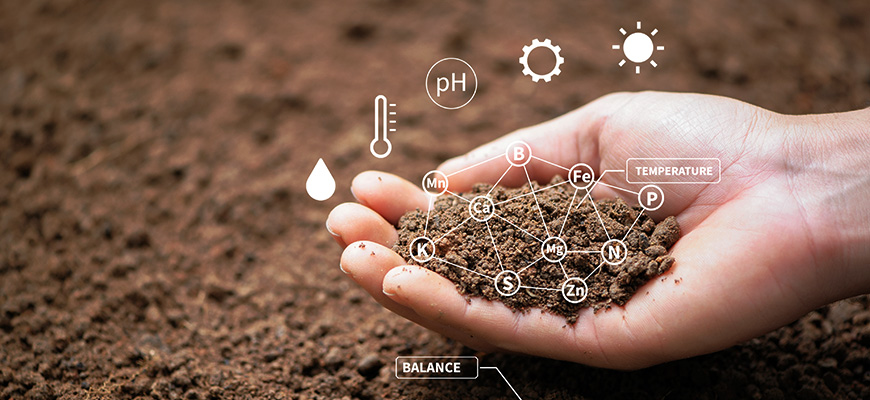Many everyday substances found in households can be toxic and can pose a significant risk to human health. Simple household cleaning products, pesticides, certain plants, and even some types of food can contain toxic chemicals that can cause neurological damage, respiratory problems, cancer, and other diseases.
Pacific Toxicology Laboratories
Latest News
Search
Latest News
The Pactox Latest News section for is where we provide educational resources, industry updates, and insights into toxicology research and services.
Recent Posts




Many of the household cleaning products we use every day contain harsh chemicals that can be harmful if ingested or inhaled. Some of the most toxic cleaning products include bleach, ammonia, and oven cleaners. These chemicals can cause eye and skin irritation, respiratory problems, and in severe cases, organ damage. To reduce the risk of exposure, it is essential to read the labels on cleaning products and choose products that are labeled "green" or "eco-friendly." It is also important to store cleaning products safely, preferably in a locked cabinet out of reach of children and pets.
Pesticides are often used in households to control insects, rodents, and other pests. However, many common household pesticides contain toxic chemicals such as organophosphates, carbamates, and pyrethroids that can damage the nervous system, cause respiratory problems, and increase the risk of cancer. To reduce the risk of exposure to pesticides, it is critical to read the labels carefully, follow the instructions, and wear protective clothing when handling the products. You should also consider using non-toxic pest control methods such as traps, baits, and physical barriers. If you must use pesticides, make sure to keep your home well-ventilated and avoid using the products in areas where people and pets spend most of their time.
Many households choose to decorate their homes with indoor plants as they are known to purify the air and add aesthetic value. However, some plants contain toxic compounds that can be harmful to humans and pets. Some of the most toxic plants include philodendrons, pothos, and peace lilies, among others. These plants contain compounds such as oxalates, saponins, and calcium oxalate crystals that can cause skin irritation, vomiting, and other symptoms. To reduce the risk of exposure, it is important to research the plants before purchasing them and choose non-toxic varieties, such as spider plants, ferns, and orchids.
While most foods are safe to consume, some can contain toxic substances such as heavy metals, pesticides, and bacteria. For instance, some types of fish such as swordfish, shark, and king mackerel contain high levels of mercury that can damage the nervous system. Other foods such as raw or undercooked poultry can contain harmful bacteria such as salmonella and E. coli that can cause food poisoning. To reduce the risk of exposure, it is important to choose your foods carefully, read the labels, and follow safe food handling practices such as cooking food to the correct temperature.
Many baby products such as toys, diapers, and formula contain chemicals that can be harmful to infants and young children. For instance, certain plastic baby bottles can contain bisphenol-A (BPA), a toxic chemical that can cause hormonal disruptions and cancer. Baby formulas can also contain high levels of arsenic, lead, and other heavy metals. To reduce the risk of exposure, it is important to choose baby products that are labeled "BPA-free" or "non-toxic." You can also consider using cloth diapers or buying organic baby products that are free from harmful chemicals.
As doctors and scientists, we understand the importance of taking precautions to reduce the risk of exposure to household toxins. By following safe handling practices and choosing non-toxic products, you can minimize the risk of exposure to harmful chemicals and protect your health and that of your loved ones. By working together to raise awareness of this issue, we can help create a safer and healthier environment for everyone.